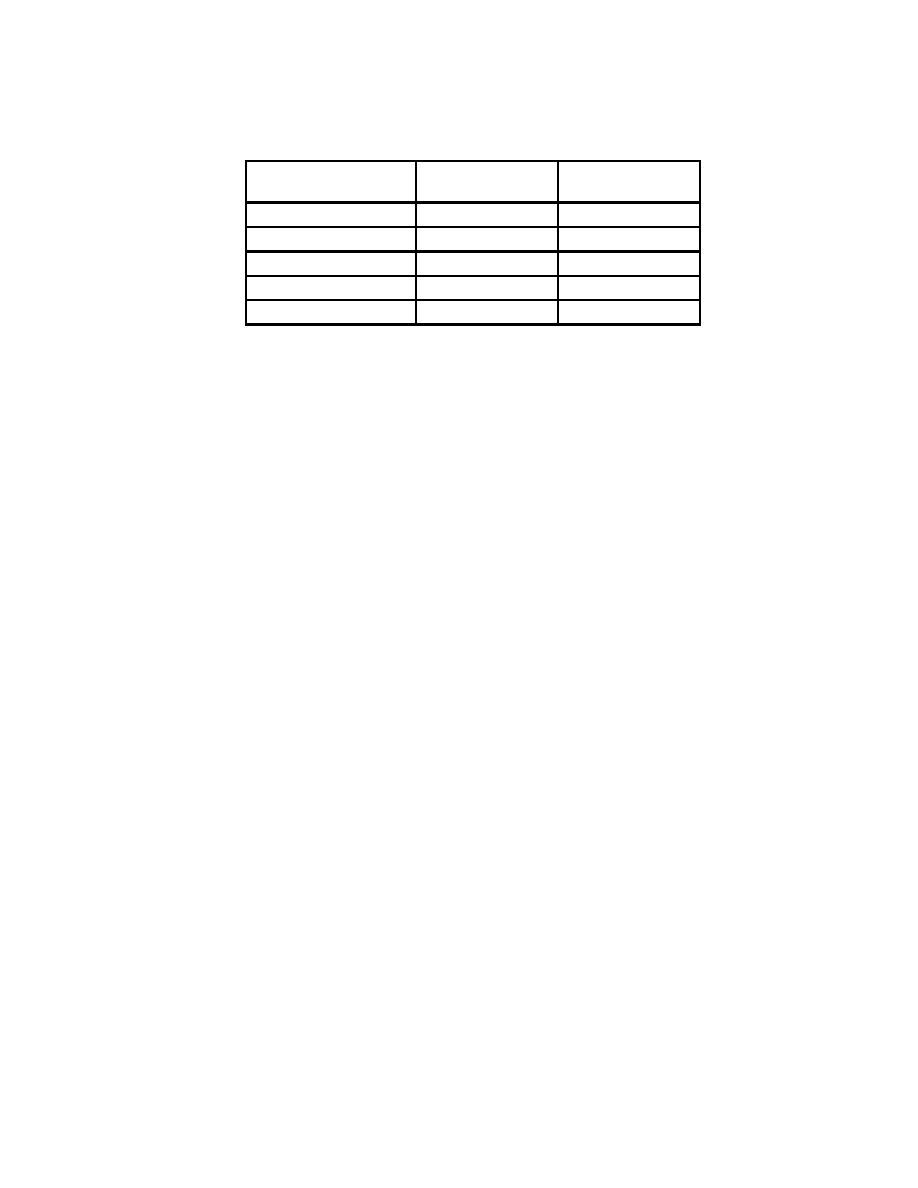
CEMP-ET
TI 809-53
01 May 1999
Table 4-1. Maximum Slope Recommended in ASTM D312
o
Maximum Slope
ASTM Designation
Softening Point, F
(in./ft)*
1/4
D-312, Type I
135 -- 151
1-1/2
D312, Type II
158 -- 176
3
D312, Type III
185 -- 205
6
D312, Type IV
205 -- 225
*Warm climates may limit the slope of asphalts to less than the maximums specified
above.
When hot mopped bitumen is used to bond a base sheet to insulation specify Type III (or in some
instances Type IV) asphalt.
4-4. CONSTRUCTION CONSIDERATIONS AND FIELD ALERTS.
a. General.
(1) Materials.
(a) Materials, including accessories, must be delivered to the job site and be ready to
install when work begins. Built-up roofing is a continuous process and everything from vapor retarder
through roof membrane must be installed in a single day.
(b) Materials must be stored off the ground and protected from weather and
(c) Edge nailers, roof drains, curbs, and penetrations should be in place prior to roofing.
(2) Vapor Retarders. Vapor retarders, when used, must be protected with insulation promptly
to avoid construction damage.
(3) Insulation.
(a) Insulation boards should be butted together with joints staggered and offset if more
than one layer is being used.
(b) Insulation should be firmly attached with specified type, length, and number of
fasteners or embedded in bitumen/adhesive to substrate or underlying insulation as specified.
(c) Tops of adjacent insulation boards should not be vertically offset more than 6.35 mm
(1/4 in.).
(4) Bitumen.
(a) Bitumen must be heated and transported so that it is within its EVT range + 14oC
(25oF) at the point of application (Appendix 4-1). (Verify that thermometers are visible and working
properly.)
4-7


 Previous Page
Previous Page
